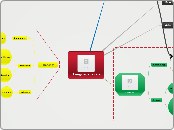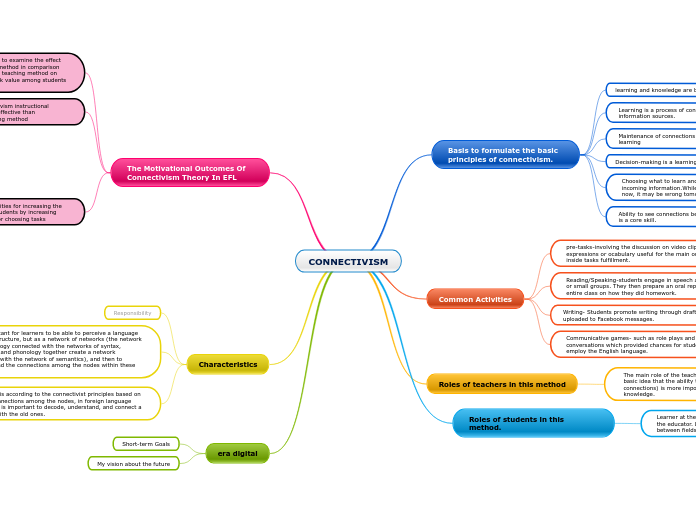subtractive bilingualism
Law and missionary
B.E
CONTEXT
STATUS
LANGUAGE POLICY
second language rights
official language
bilingual education programs are widely available
adding bilingualism
language standard
status planning
literacy
POLITICALLY BARRED
dominant class
MICRO-CONTEXT
at home could be
Multicultural
Bicultural
Monolingual
MOTIVATION
INTRINSIC AND EXTRINSIC
ATTITUDE
POSITIVE, SOCIO-CULTURAL IDENTITY
HISTORY
strong influence
PROFESSION
economy
industrial revolution
invention of printing
Elite
English and French
GOVERNMENT
arabic
hebrew
RELIGION
CHRISTIANISM
translate from
Greek
Aramaic
Akkadian
EVALUATION
ASSESSMENT AND EVALUATION
the appropriate assessment is critical to effective bilingual teaching
the program evaluation must take account of proficiencies in both languages.
the acquisition and maintenance of both languages
the education programs have as their aim additive bilingualism
language and literacy competencies
may be differentially evaluated
politically
socially
educationally
BENEFITS
also, profit cognitively and economically
profits educationally, linguistically, and socially
the development of academic skills in L1 and L2.
Cognitive, social, and psychological
MODEL
B.M.F
WEAKNESSES
Language object programs
offer a limited access to bilingual education
Transitional education
introduce basic literacy and numeracy in the minority L1
treats bilingualism as a transient phenomenon
Language submersion
colonial context and colonial language
a few pedagogical support
STRENGTHS
Maintenance education
Two-way immersion
total immersion programs
bilingual immersion
content-based language teaching
THIS MODEL HAD
international language
indigenous language
minority language
majority language
DUVÁN NAVARRETE AND PEDRO CORREDOR. APPLIED 2









